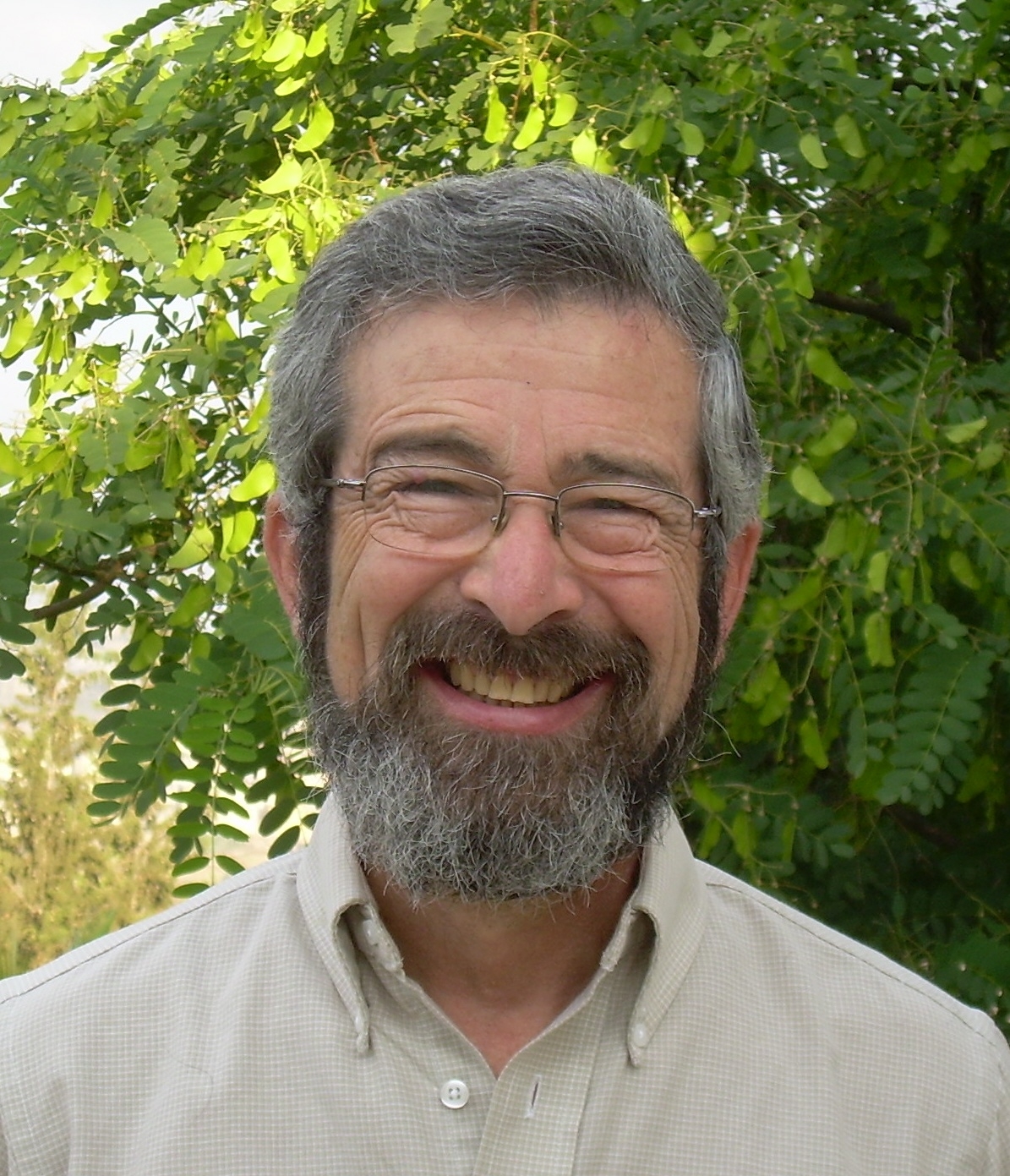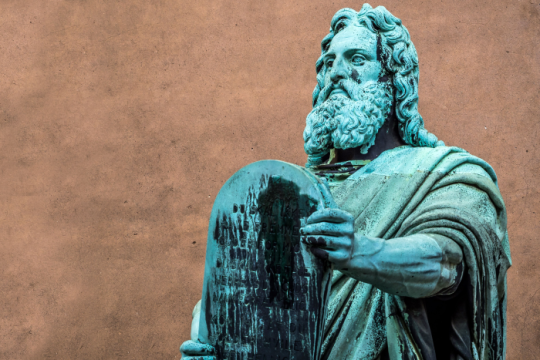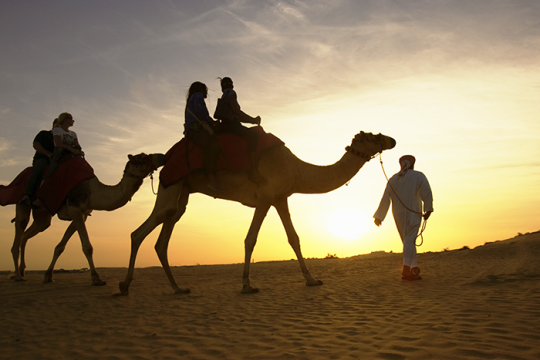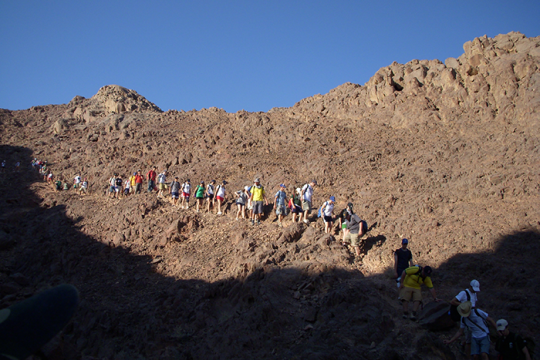Happily, there are still many deserts in Israel, perhaps too many. Here man sees God's creation as it was in the beginning – wild, strong and awe-inspiring. He looks and finds within himself the powers required to repair it, and thus becomes God's partner in creation. He sees here the ancient, primeval, recalcitrant forces of nature, unaltered by man, and he is not dismayed, but finds within his soul the power to conquer the destructive forces and strengthen the creative forces.
– David Ben-Gurion
Recently we noticed the approach of a weekend with no commitments, and made a last-minute reservation in Mitzpeh Ramon, as it had been two years since our last desert getaway. Over the years we've been to Mitzpeh Ramon many times, and feel a sort of inexplicable affection for this sleepy, dusty town. It was founded in the 50s as a base for workers paving the highway to Eilat – and began its decline in the 60s when the new flat Aravah road, farther east, diverted most traffic from the mountain highway. Today there are about 5,000 residents, almost no industry, a few hotels, a youth hostel and a field school, and a few army bases nearby. Each wave of immigration has washed through the town, but then receded northward… The streets are clean and there are parks and some nice neighborhoods – and ibex roaming freely, grazing in the playgrounds and wandering in the parking lots. No cinema. No central business district. No mall. It is very quiet. We Galileans tend to joke and/or complain about living in the periphery, out of range of a lot of the economic, political, and cultural activity of the country; but if we are periphery, then what is Mitzpeh Ramon – the place we flee to to get away from it all?
The town's main attraction is its view: it is perched on the cliffs on the north side of Machtesh Ramon, 1,000 feet above the floor of the giant crater (machtesh) in the center of the Negev mountains. About six miles wide and 25 miles long, this is the largest of three such craters in the Negev, geological phenomena not found anywhere else. Its complicated history has made it a wonderland of weird rock formations and striking colors – and huge expanses of forbidding nothingness.
We spent a day climbing down the cliff, following a trail along the riverbed for a while, and then climbing back up a different trail. We met no other hikers. We encountered winter flowers in the streambeds, the occasional lizard and beetle. Total silence.
Israel is a tiny country, yet blessed with a wide range of geographical regions; it took us just a few hours to get from the lush winter meadows of the Galilee to the howling wilderness of the Machtesh. Jerusalem itself sits exactly at such a boundary, a short hike from the desolation of the Judean desert. The desert is an important element in our religious identity and collective memory – where bushes burned and mountains smoked, where the still small voice was heard, and where we learned to trust in God's providence. Walking through Machtesh Ramon is, for me, a chance to reconnect with these spiritual experiences from the Jewish past.
Ben Gurion's ambivalent position is interesting: on the one hand the desert was for him a revelation and an inspiration; on the other hand he dreamed of conquering it (i.e., destroying it), so as to settle millions of Jews there. We live in a different time now, and are suspect of ecologically incorrect language that speaks of "conquering" the desert. In any case, the desert still seems to be holding its own.



